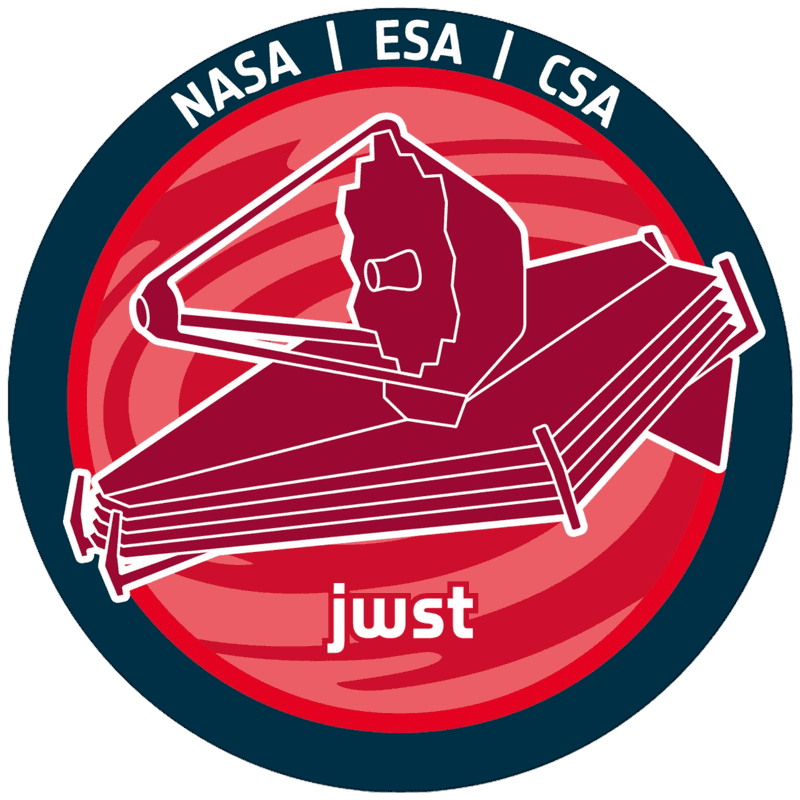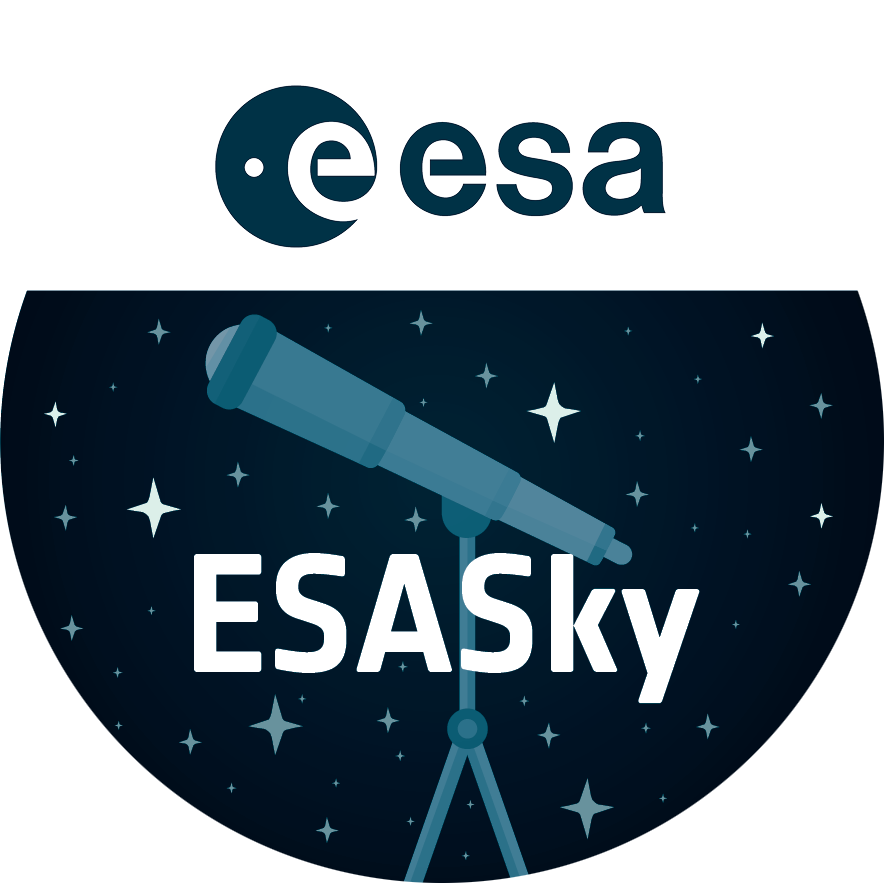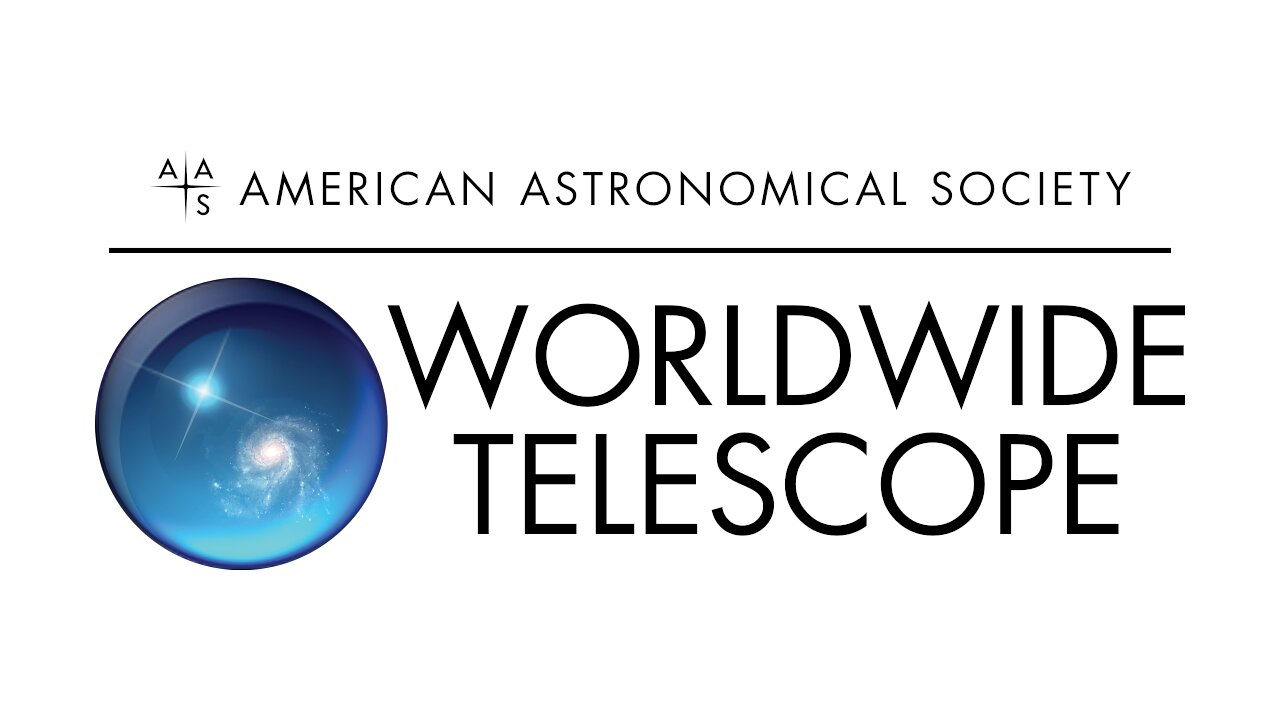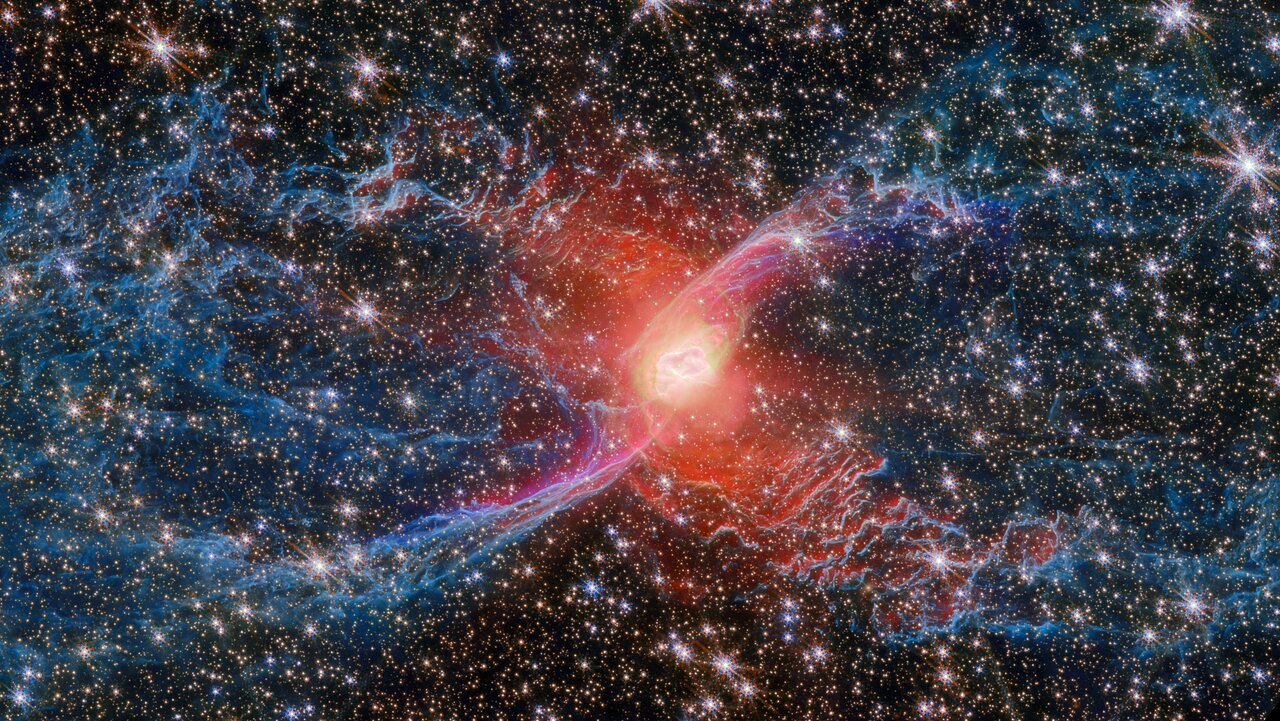About the Object
| Name: | NGC 6537 | |
|---|---|---|
| Constellation: | Sagittarius | |
| Category: | Nebulae NIRCam Picture of the Month | |
Coordinates
| Position (RA): | 18 5 13.24 |
|---|---|
| Position (Dec): | -19° 50' 31.05" |
| Field of view: | 2.16 x 1.21 arcminutes |
| Orientation: | North is 50.0° left of vertical |
Colours & filters
| Band | Wavelength | Telescope |
|---|---|---|
|
Infrared
Fe II | 1.64 μm | James Webb Space Telescope NIRCam |
|
Infrared
molecular hydrogen | 2.12 μm | James Webb Space Telescope NIRCam |
| Infrared | 3.56 μm | James Webb Space Telescope NIRCam |
|
Infrared
Br-alpha | 4.05 μm | James Webb Space Telescope NIRCam |
Webb zooms in on the Red Spider Nebula, NGC 6537
This new NASA/ESA/CSA James Webb Space Telescope Picture of the Month features a cosmic creepy-crawly called NGC 6537 — the Red Spider Nebula. Using its Near-InfraRed Camera (NIRCam), Webb has revealed never-before-seen details in this picturesque planetary nebula with a rich backdrop of thousands of stars.
Planetary nebulae like the Red Spider Nebula form when ordinary stars like the Sun reach the end of their lives. After ballooning into cool red giants, these stars shed their outer layers and cast them into space, exposing their white-hot cores. Ultraviolet light from the central star ionises the cast-off material, causing it to glow. The planetary nebula phase of a star’s life is as fleeting as it is beautiful, lasting only a few tens of thousands of years.
This image zooms in on the centre of the nebula, where the searing hot core of a dying star strips electrons from the dusty gas that surrounds it. Though only one star is faintly visible at the heart of the nebula, researchers suspect that many of the nebula’s characteristics are caused by the presence of a second star.
Extending outward to either side of the nebula’s centre are two massive lobes that have resulted from thousands of years of mass loss from the central star. The blue of the lobes traces light from molecular hydrogen gas, while the purple ‘S’-shape that borders the inside edge of the lobes is due to ionised iron atoms. The ionised iron arises from a powerful jet that has emerged from the central star and collided with the previously expelled gas, showing how the central star continues to sculpt the nebula today.
[Image Description: A planetary nebula. The nebula’s central star is hidden by a blotchy pinkish cloud of dust. A strong red light radiates from this area, illuminating the nearby dust. Two large loops extend laterally away from the centre, formed of thin ridges of blue dust. A huge number of bright, whitish stars cover the background, also easily visible through the thin dust layers.]
Credit:ESA/Webb, NASA & CSA, J. H. Kastner (Rochester Institute of Technology)
About the Image
| Id: | potm2510d | |
|---|---|---|
| Type: | Observation | |
| Release date: | 28 October 2025, 14:00 | |
| Size: | 3168 x 1785 px | |




